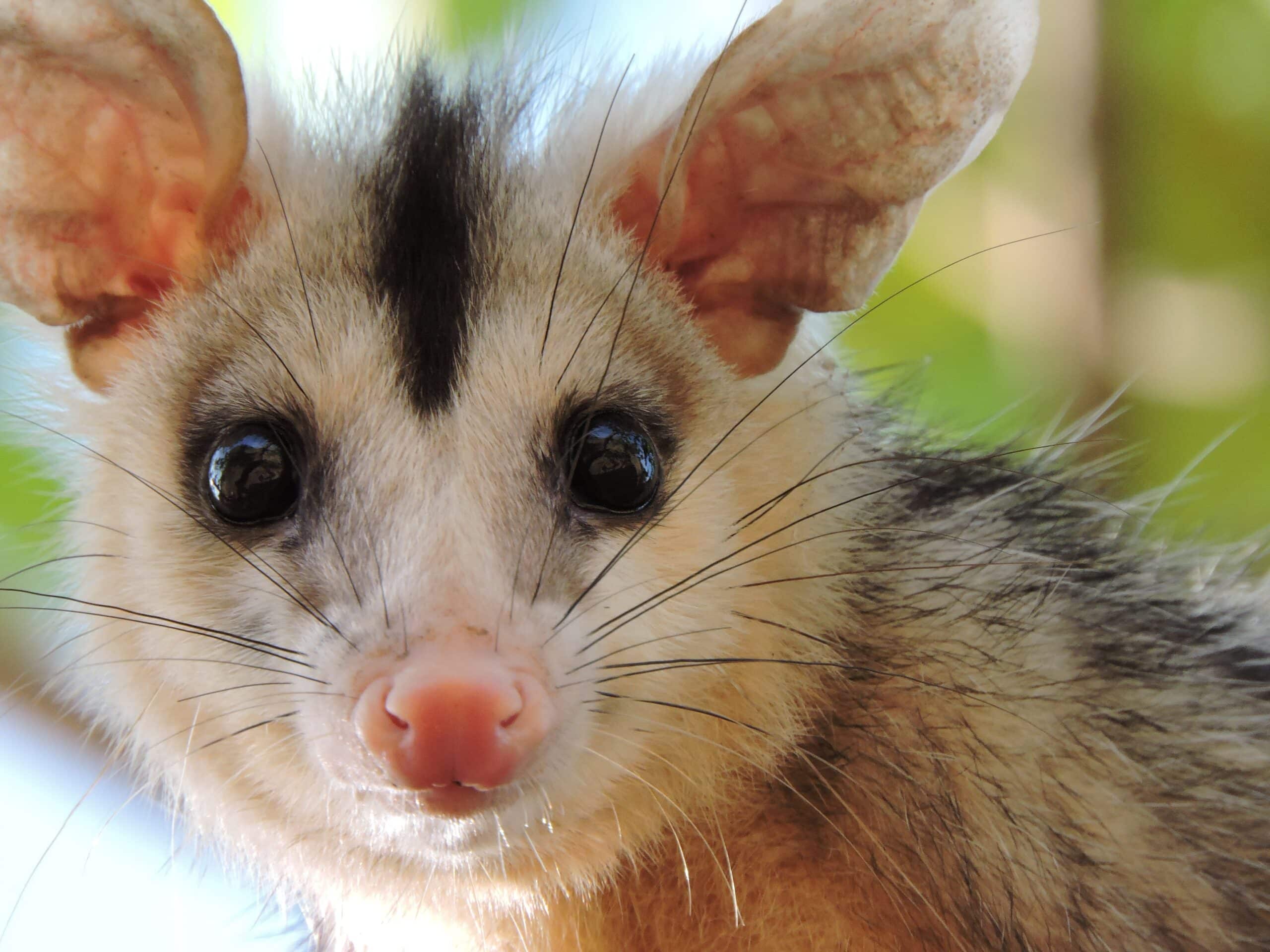
Kangaroos are iconic animals that have captured the world’s imagination with their unique physical characteristics and behaviors. Found in the diverse landscapes of Australia, these marsupials are a fascinating subject for wildlife enthusiasts and curious minds alike. In this article, we will explore the world of kangaroos and provide a deeper understanding of their behavior, habitats, and interactions with humans. From the outback to lush forests and beaches, discover the various environments where kangaroos thrive. We will also delve into the different species of kangaroos, including the western grey, eastern grey, and red kangaroos, and their distinct characteristics. So join us as we discover the fascinating world of kangaroos and gain insight into these magnificent creatures.
Physical Characteristics and Behavior
Kangaroos are known for their unique physical characteristics and fascinating behavior. With their large hind legs, powerful tails, and distinctive pouches, they have adapted to thrive in their natural habitat. These adaptations allow them to hop and cover long distances with ease, while also providing protection for their young.
In terms of behavior, kangaroos are social animals and often live in groups called “mobs.” They have a hierarchical social structure, with dominant males leading the group. Foraging is a crucial part of their daily routine, and they mainly feed on grass, leaves, and shrubs. They are also known for their impressive ability to conserve energy by regulating their body temperature through panting and sweating.
Kangaroos are also fascinating in their reproductive habits, with females being able to delay the development of their embryos until they are ready to give birth. This allows them to adapt to environmental conditions, ensuring the survival of their offspring.
Overall, kangaroos are incredible creatures with unique physical characteristics and behaviors that make them well-suited for their environment.
Exploring Their Natural Habitats

Kangaroos can be found in a wide range of habitats throughout Australia, each with its own unique characteristics. From the vast outback to lush forests and even beaches, these marsupials have adapted to thrive in various environments. The western grey kangaroo, for example, can be found in the open grasslands of western Australia, while the eastern grey kangaroo can be spotted in eastern Australia’s woodlands and forests. The red kangaroo, on the other hand, prefers the arid desert regions of central Australia.
Kangaroos are also known to frequent national parks, such as Murramarang National Park in New South Wales and Carnarvon Gorge National Park in Queensland. Lucky Bay in Western Australia is another popular spot for kangaroos, where visitors can witness them lounging on the beach. For those interested in golf, the Kangaroo Valley Golf Club in New South Wales is known for its kangaroo-friendly course. Overall, there are several opportunities to spot kangaroos in their natural habitats and appreciate their unique behaviors and adaptations.
Real-Life Experiences and Tips
Visiting Australia is not complete without encountering wild kangaroos in their natural habitat. As a wildlife enthusiast, I have had the privilege of observing these magnificent creatures up close. However, it is important to remember that kangaroos are wild animals and should be respected and admired from a safe distance. Here are some tips for an unforgettable and responsible kangaroo experience:
- Respect their space: While it may be tempting to approach and touch kangaroos, it is important to remember that they are wild animals and need their space. Getting too close can cause them stress and even lead to defensive behavior.
- Do not feed them human food: Kangaroos have specific dietary needs and feeding them human food can cause health problems. Also, it can lead to dependency on humans for food, which can be dangerous for both kangaroos and humans.
- Observe from a safe distance: Use binoculars or a camera with a zoom lens to get a closer look at kangaroos without disturbing them. This also ensures your own safety.
- Follow park rules: When visiting national parks or wildlife reserves, always follow the rules and regulations to protect the kangaroos and their environment.
By following these tips, we can ensure the safety and well-being of kangaroos while still having an unforgettable experience with these amazing creatures. Remember, it is a privilege to observe them in their natural habitat, so let’s do our part to protect and preserve them for generations to come.
From Western Grey to Red Kangaroos

The kangaroo family is diverse, with different species found across Australia. The most well-known of these are the western grey, eastern grey, and red kangaroos. These species are easily distinguishable by their size, color, and physical characteristics. The western grey kangaroo is the second-largest of the kangaroo species, with grey fur and a distinctive black nose. The eastern grey kangaroo is the most widespread species and can be found in both open grasslands and forested areas. The red kangaroo is the largest of the species and is known for its red fur and powerful hind legs.
Each species has unique behaviors and adaptations that make them suited to their environment. For example, the red kangaroo’s large size and powerful legs allow it to travel long distances and jump up to 25 feet in one hop. The western and eastern grey kangaroos are more social and live in groups called “mobs.” However, all three species share a diet of grasses and plants and have the ability to conserve water by lowering their metabolic rate when food and water are scarce.
The western grey, eastern grey, and red kangaroos are all important to the Australian ecosystem and have different conservation statuses. The red kangaroo is the most abundant and is not considered endangered. However, the western grey kangaroo is listed as vulnerable, and the eastern grey kangaroo is considered near threatened due to loss of habitat and hunting. It is crucial to understand and protect these fascinating animals to ensure their continued existence in the wild.
Other Marsupials in Australia

In addition to kangaroos, Australia is also home to a variety of other marsupials. This includes wallabies, which are smaller and more agile than kangaroos, and can be found in various habitats ranging from forests to grasslands. Tree-kangaroos, as their name suggests, are arboreal and can be found in the rainforests of northern Queensland. They are known for their unique ability to leap from tree to tree. Cuscuses, on the other hand, are found in the dense forests of New Guinea and Northern Australia. They have a prehensile tail that they use for balance and grip while climbing trees.
These marsupials play an important role in the Australian ecosystem, providing food and resources for other animals. However, like kangaroos, they also face threats from human activities and habitat loss. It is important to understand and appreciate the diversity of marsupials in Australia and the need to protect their habitats for future generations.
Understanding the Dynamics
Kangaroos have long been a part of Australian culture and have a significant presence in popular culture. However, this has also led to controversy surrounding the consumption of kangaroo meat. While kangaroo meat is a staple in many Australian diets, it is important to consider the impact of this practice on the conservation of these animals. Additionally, human activities such as urbanization and agriculture have also affected kangaroo habitats. It is crucial to understand and respect the dynamics between humans and kangaroos to ensure their survival in the wild. Responsible and sustainable practices for coexisting with kangaroos must be promoted. As these animals are an integral part of the Australian ecosystem, it is our responsibility to protect and conserve their habitats for future generations.
Conclusion
In conclusion, kangaroos are truly unique and fascinating animals that have captivated the world with their physical characteristics and behavior. From their powerful hind legs to their social structures and diverse habitats, there is so much to discover about these iconic creatures. As we continue to coexist with them in their natural environment, it is important to respect and protect these animals and their habitats. By practicing responsible and sustainable actions, we can ensure the preservation of these magnificent marsupials for future generations. So whether you plan to spot kangaroos on a bushwalk in the Booderee National Park or on a golf course in Western New South Wales, always remember to appreciate and admire these amazing animals from a safe distance. Thank you for joining us in exploring the fascinating world of kangaroos. We hope you have gained valuable insights and a newfound appreciation for these Aussie icons.





